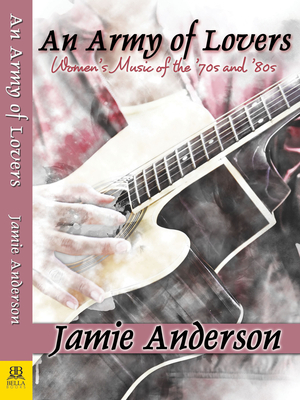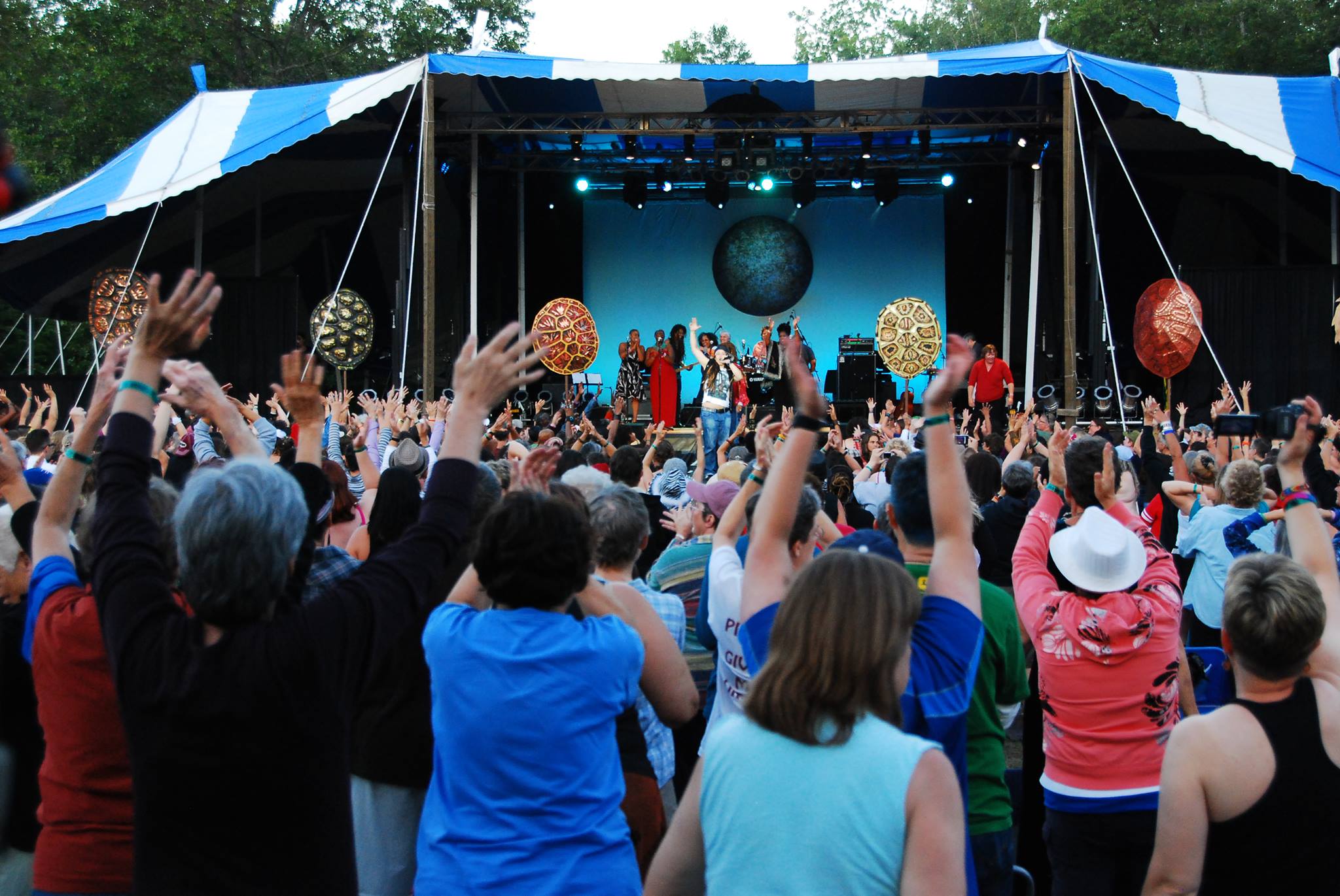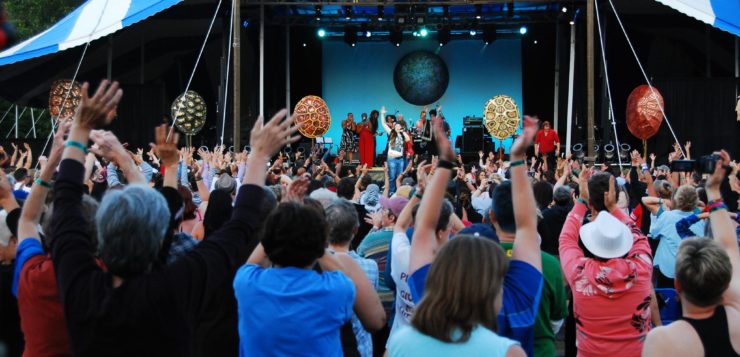 An Army of Lovers: Women’s Music of the ’70s and ’80s
An Army of Lovers: Women’s Music of the ’70s and ’80s
by Jamie Anderson
Bella Books. 341 pages, $19.95
In lieu of a dedication, a poem by Rita Mae Brown titled “Sappho’s Reply” (1974) appears at the beginning of the book:
My voice rings down through thousands of years
To coil around your body and give you strength,
You who have wept in direct sunlight,
Who have hungered in invisible chains,
Tremble to the cadence of my legacy:
An army of lovers shall not fail.
This invocation of the teacher-poet Sappho (from the island of Lesbos, circa 600 BCE) by a writer who was herself an iconic lesbian writer and political activist captures the flavor of the era that launched a visible lesbian community in the U.S.

The author wisely avoids theorizing about whether feminist ideology gave rise to women’s art and music, and whether lesbianism was a driving force behind both. While love in various forms seems to have connected the key players who produced women’s music, this book makes it clear that not all of them were lesbians or even declared feminists. An Army of Lovers is organized as a reference work that aims to provide an overview of a cultural scene, mostly in the U.S., although there is a section on women performers in other countries, including Canada. Contemporary black-and-white photos break up sections of text. The result is a journalistic work that makes up in breadth for what it lacks in depth.
The energy of young Boomer women who came of age in the 1970s is palpable on the page. The creators of women’s music were rarely musicians only; many were also organizers and entrepreneurs who set up their own venues and created a paying audience by word of mouth after being censored or rejected by the male-dominated music industry. This book describes the origins of the flagship site for women’s music, the Michigan Womyn’s Music Festival, which attracted thousands of women to a campsite every summer from 1976 to 2015.
The roots of later schisms appear early in the descriptions of fledgling performers and events. One of these largely undefined deal breakers was the conflict between a commitment to grass-roots democracy and the need for artistic standards in the music business. Most of the musicians referred to in this book began as amateurs, but some went on to have successful professional careers due to a combination of talent, timing, and cooperation. This was clearly not possible for every woman who liked to sing. The international network of GALA (Gay and Lesbian Association of Choruses) that sprang up in the ’80s faced a similar impasse: should aspiring choir members be evaluated in auditions, and, if so, would musical elitism kill the community spirit of these choirs?
In a chapter titled “Trouble in Paradise,” the author identifies flashpoints for conflict in the women’s music scene of the ’80s, including racism, anti-Semitism, money, and class. Other controversies over the years included personal versus professional relationships (“six beds of separation”), alcohol and drugs, the inclusion of men and boys, and the hotly debated status of both transmen and transwomen in social spaces identified as “women only.” In addition to all this, the author refers to a mainstream conservative backlash in the 1980s against feminist gains of the 1970s, which was more thoroughly analyzed by Susan Faludi in Backlash: The Undeclared War Against American Women (1991).
Jean Roberta is a widely published writer based in Saskatchewan.






